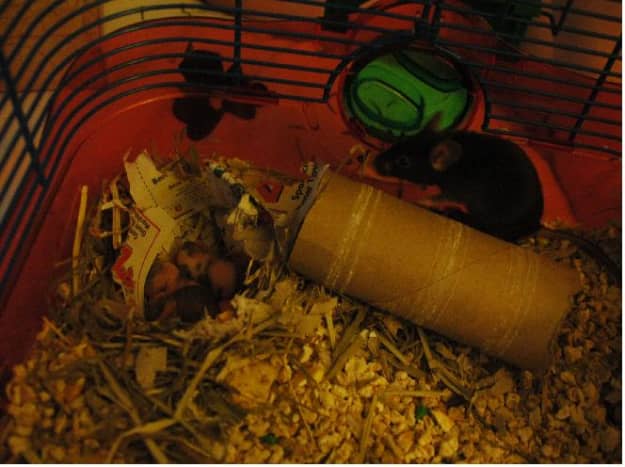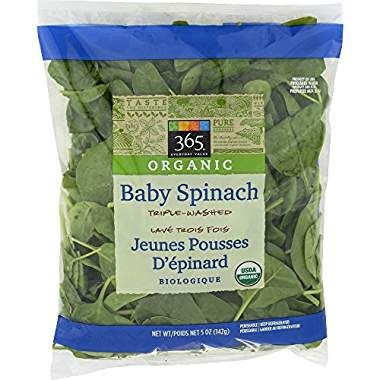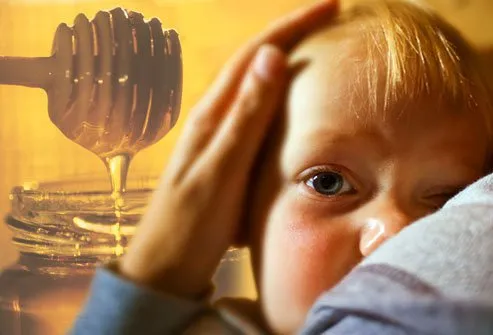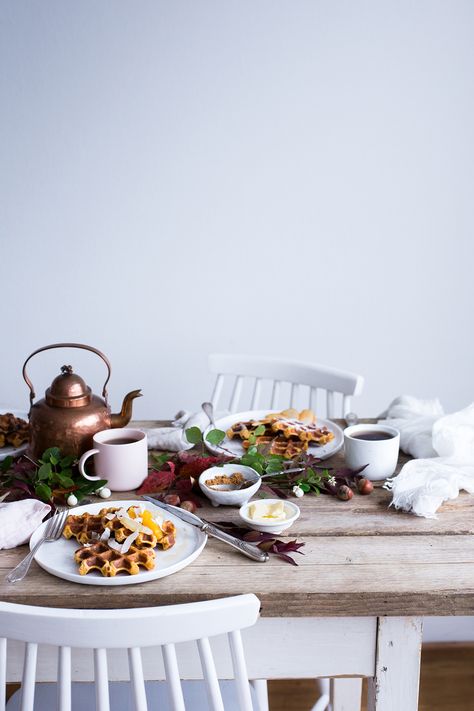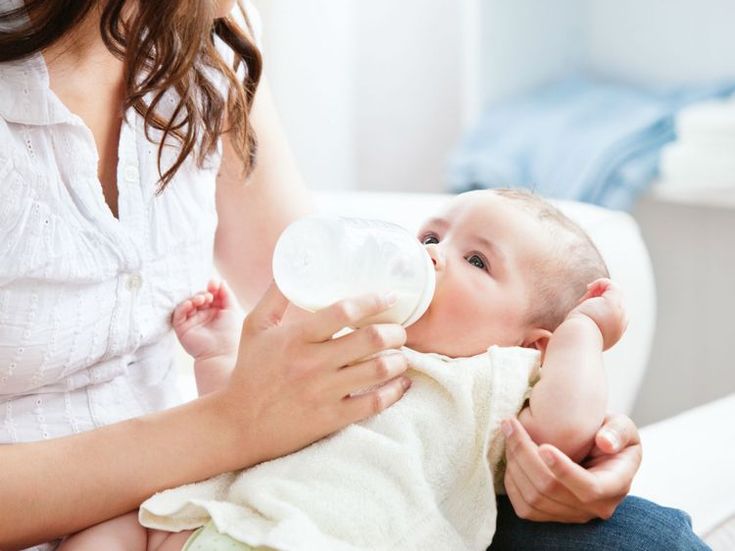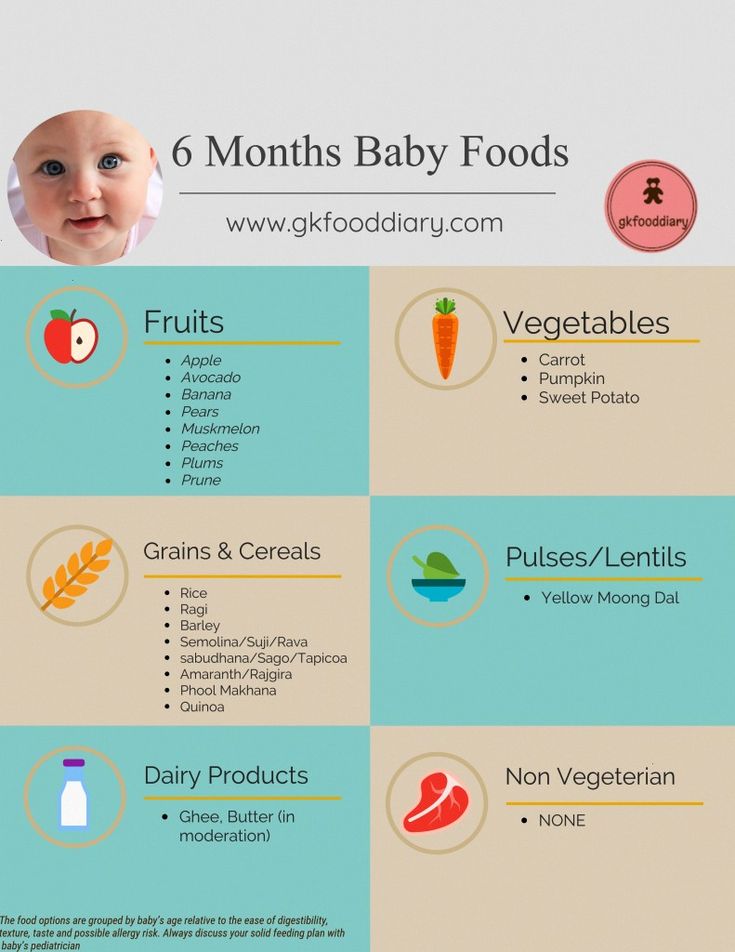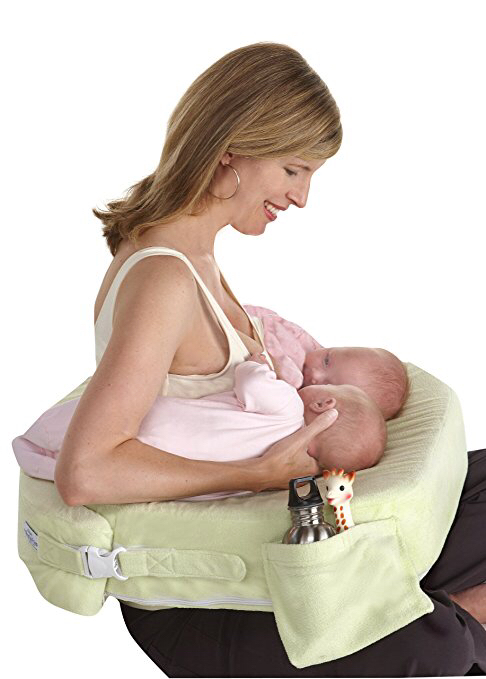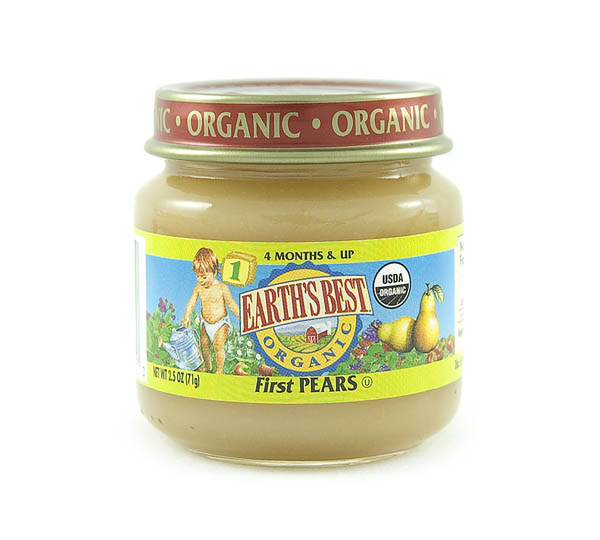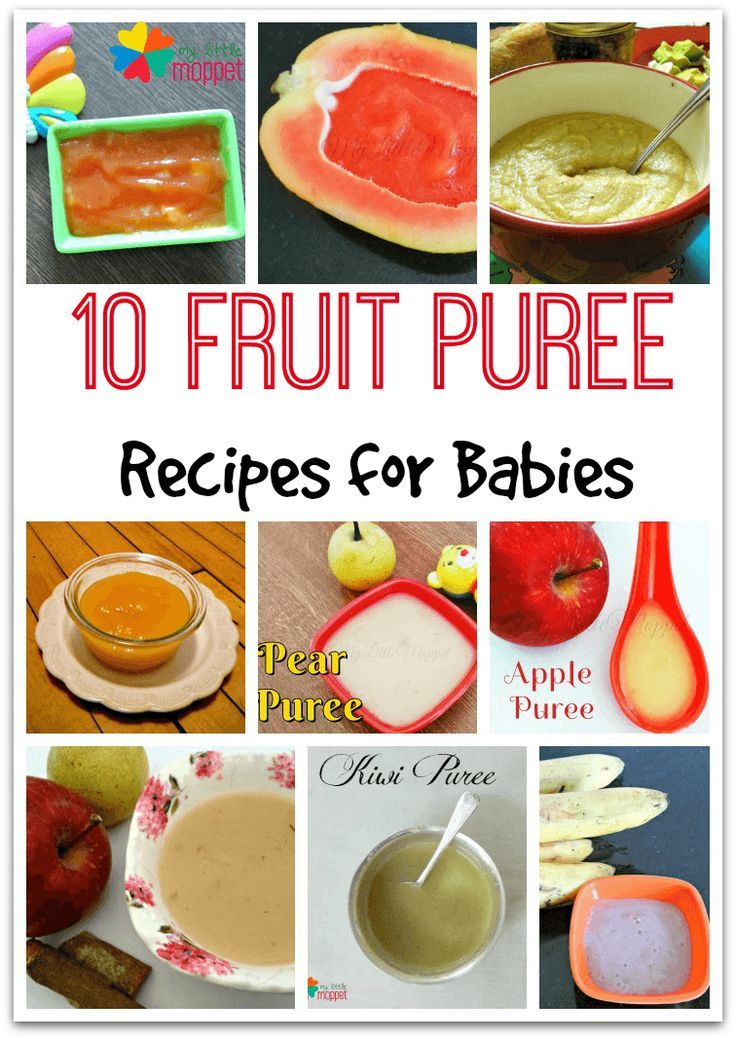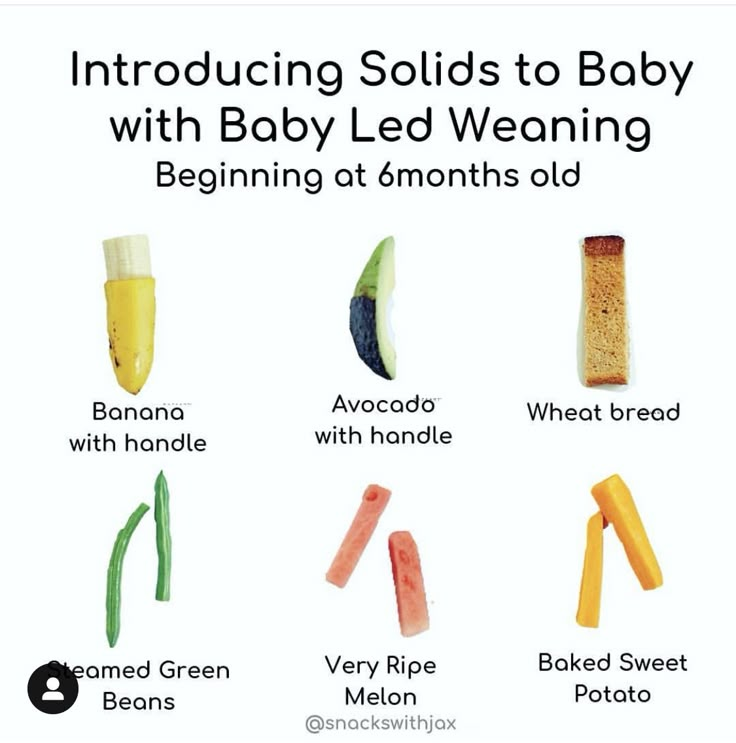When can a baby mouse eat solid food
When Do Baby Mice Start Eating Solids?
Baby mice are vulnerable little creatures. Just like babies of many other animals, they will need a lot of attention and special care during the first few weeks or even months of their lives.
The diet is one of the most important things for your mice when they are just born. You need to find a way to make sure the mice will eat the food, and that the food is not big enough for them to consume.
During the first few weeks, mice will like to eat non-solid and liquid foods and meals, and you should avoid solid foods for the first few weeks.
But when can you actually start feeding baby mice solid foods? At about 2-3 weeks old, baby mice can start eating soft solid food.
When they are this old, their teeth will already start to form, and they will have already grown quite significantly, especially if they have been under very special care from you during the first few weeks.
This is also when their eyes will start to open and they will start to see, which is why it becomes easier for them to eat solid foods as they can quite clearly see what they are eating.
In this article, we’ll discuss everything you need to know about mice and solid foods, and when you can start feeding your baby mice solid foods.
How to Tell How Old is a Baby Mouse?
The growth of mice is relatively rapid. In 2-3 weeks they will start to develop into bigger mice, they will start to gain their eyesight, and will start to eat solid foods.
But let’s go over the first few days and weeks and how you can tell how old your baby mouse is.
In the first 3 days, you will see that your baby mouse is pink and red in color. Within the next few days, the color will start to get less red. In the first few days, milk spots will also start to appear.
By day 4 or 5, their ears should be already fully developed. The skin color will also become much clearer and defined. The skin will thicken significantly, and the milk spots should be gone by now.
In the days between 6-9, the fur will slowly start to grow. First, it will appear behind the ears and will be very thin.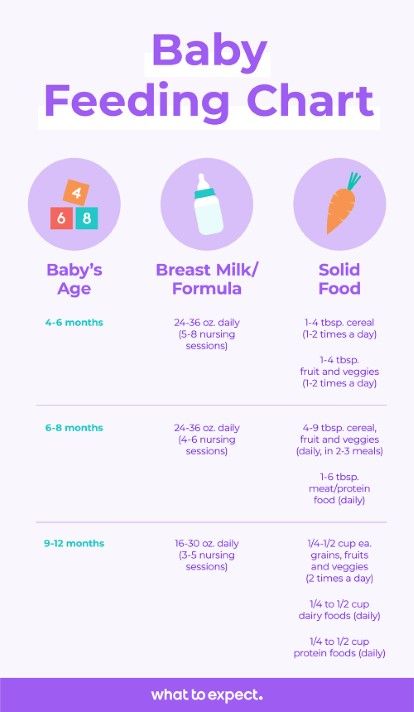 But in these days, the fur will start to thicken and will start to appear on the belly. By day 10, the fur should be fully grown.
But in these days, the fur will start to thicken and will start to appear on the belly. By day 10, the fur should be fully grown.
From the days of 10 to 12, the teeth will start to erupt, and they should form almost completely by day 14. Also, females will start to show nipples. The pups will also become much more active and they will start to have more energy.
And as we’ve said, it might be as early as in day 14 that your baby mice will start to eat solid foods.
And the growth will be much quicker from then on, because the mice will start to eat more proteins and more calories, which is enabled to them when they start to eat solid foods.
How Often do Baby Mice Eat?
Baby mice will need food regularly and constantly. It will be as often as every 1-2 hours. That’s because you will be feeding them smaller meals, but these meals should be much more regular and you should also try to include as many proteins as possible.
In the first few days or weeks, these foods will be mostly liquid foods. However, after about 3 weeks, you should try to reduce the frequency of the meals, because the mice will be able to consume larger meals and get more calories in with just one meal.
However, after about 3 weeks, you should try to reduce the frequency of the meals, because the mice will be able to consume larger meals and get more calories in with just one meal.
After that, you should try to feed them meals every 3-4 hours, and then slowly transfer that to once or twice a day. This will normally be only achieved after a few months.
What Solid Food Can Baby Mice Eat?
Even if the mice will start to eat solids now, you should still try to include foods that are still quite liquid.
At first, it’s best to often cook some rice and make it really moist so that it’s easier to consume. Baby mice just love this type of food.
Also, baby mice will love to eat all sorts of cooked vegetables. This includes cooked peas, cooked carrots, squash, or other softer types of vegetables.
Also, you can try to feed them human baby food which is generally quite liquid and it’s a great way to add quite a lot of calories to their diet and make them grow quite fast.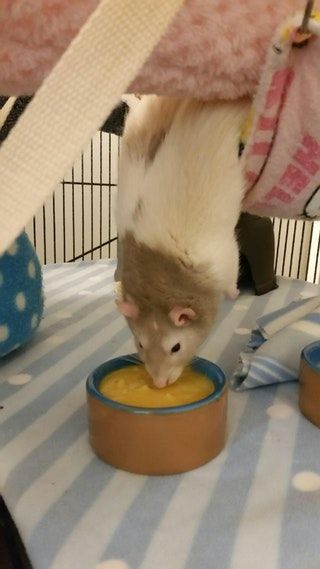
Do Baby Mice Have Teeth?
Baby mice will start to develop teeth around day 10 or 11, sometimes also maybe later. However, the teeth will only fully develop in the following days or weeks, which is when you can start feeding them solid foods.
At first, their teeth will be still very small and sometimes also uneven. However, in the few days that will follow that event, the teeth will start to straighten out and they will grow, allowing the mice to chew solid foods easier, and allow them to grow faster.
What Do Baby Mice Eat When Their Eyes are Closed?
So, how can baby mice eat when their eyes are still closed? Mice have a really good sense of smell, even when they are very young.
They can smell food, and they will be able to sometimes find it on their own. However, for the first few days (if there is no mother around), you will need to feed them manually.
This can be time-consuming, but it will only last a few days until mice start to develop their eyesight. This will normally occur during the 2-3-week period.
This will normally occur during the 2-3-week period.
After that, feeding becomes much easier. Mice are able to eat on their own, and they will also start to grow better.
Conclusion
Baby mice require a lot of care. They don’t have teeth early, and they don’t develop their eyesight, so feeding them is a chore.
What Do Baby Mice Eat?
As an Amazon Associate I earn from qualifying purchases.
It’s not easy to care for abandoned newborn mice; many newborn mice die in the first week owing to heat loss, nutritional deficiency, or disease. Raising baby mice is difficult since it has no fur but it isn’t impossible. It has a reasonable possibility of survival if fed several times each day and given enough warmth.
What comes to mind when you hear the term “mouse”? This may be the kind of small, grey animal with a chunk of yellow cheese in its paws that many people are familiar with. A mouse could also be running around your home, opening cereal boxes.
This is why it’s important to be aware of what baby mice eat in the wild. It will assist you in learning how to keep these pests out of your home. So, let’s look at what baby mice eat in the wild and how our homes have become attractive dining halls for mice.
It will assist you in learning how to keep these pests out of your home. So, let’s look at what baby mice eat in the wild and how our homes have become attractive dining halls for mice.
What Do Baby Mice Eat?
Please enable JavaScript
What Do Baby Mice Eat?
What Do Baby Mice Eat?Baby mice will suck on their mother’s milk for the first two weeks of their life. After that, baby mice can start eating solid foods, such as cooked rice and beans, cooked carrots, soft vegetables, and fruits.
If they are still without parents, give them kitten milk formula with a syringe or pipet. Remember to feed them every two or three hours. This may mean getting up at night, but it is necessary if you want to keep the kittens alive.
The newborn mice will not have developed their teeth, so they won’t be able to chew on the food at first. After three or four weeks, you should consider adding some solid meals. When the mice begin opening their eyes and growing, this is one of the signals that it’s time to exterminate them.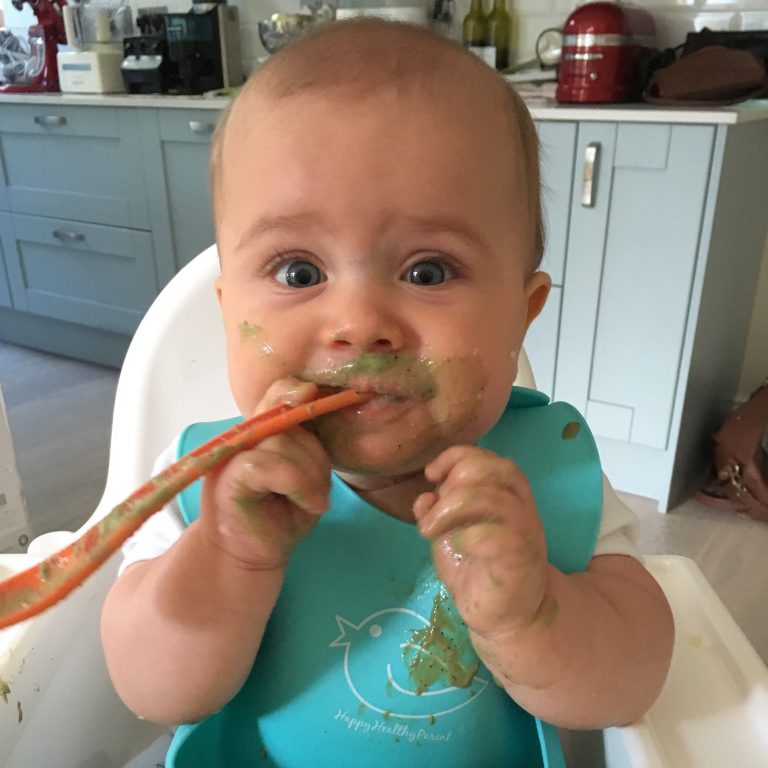 You should also note when their teeth begin to develop.
You should also note when their teeth begin to develop.
Begin by offering them high-quality, nutritious foods to encourage growth. Fruits, seeds, vegetables, greens, and rodent diets are examples of these items.
What Do Baby Mice Eat in The Wild? A Baby MouseMice are not picky. A mouse’s diet is surprisingly broad, and a mouse will do just about anything to get its hands on it. They’re natural foragers who enjoy consuming a wide range of foods in the wild. Although they have their likes and dislikes, they do have certain tendencies.
Mice, like most other rodents, prefer insects to meat. These creatures will also consume smaller snails, larvae, centipedes, cricket eggs, and worms as a source of nutrition.
What Do Baby Mice Eat At Home? Cheese for Baby MiceMice, like in the wild, will take what they can get. While mice aren’t fussy eaters, they do have their favorite foods. Here’s a list of some of the things that mice enjoy eating.
You may be shocked to learn that mice dislike cheese more than other foods if you grew up watching cartoons of mice chewing on a massive slice of Swiss. That being said, a mouse would not leave an excellent chunk of cheese behind. They will still consume any cheese they discover.
Mice are omnivores, so they eat both plants and animals. They may munch on any leftovers or insects that they discover around your house.
How Much Do Baby Mice Eat? Baby Mice Love Insects!Mice are curious animals, and their food preferences reflect this. Instead of consuming a large chunk of food all at once, they like to nibble on many different things they’ve kept.
Mice are also hoarding animals. They enjoy rummaging through cupboards and pantries, gathering what they find, and bringing it back to their nests when food is in short supply.
Not only is this an annoyance in and of itself, but it also attracts pests like beetles, weevils, and other insects.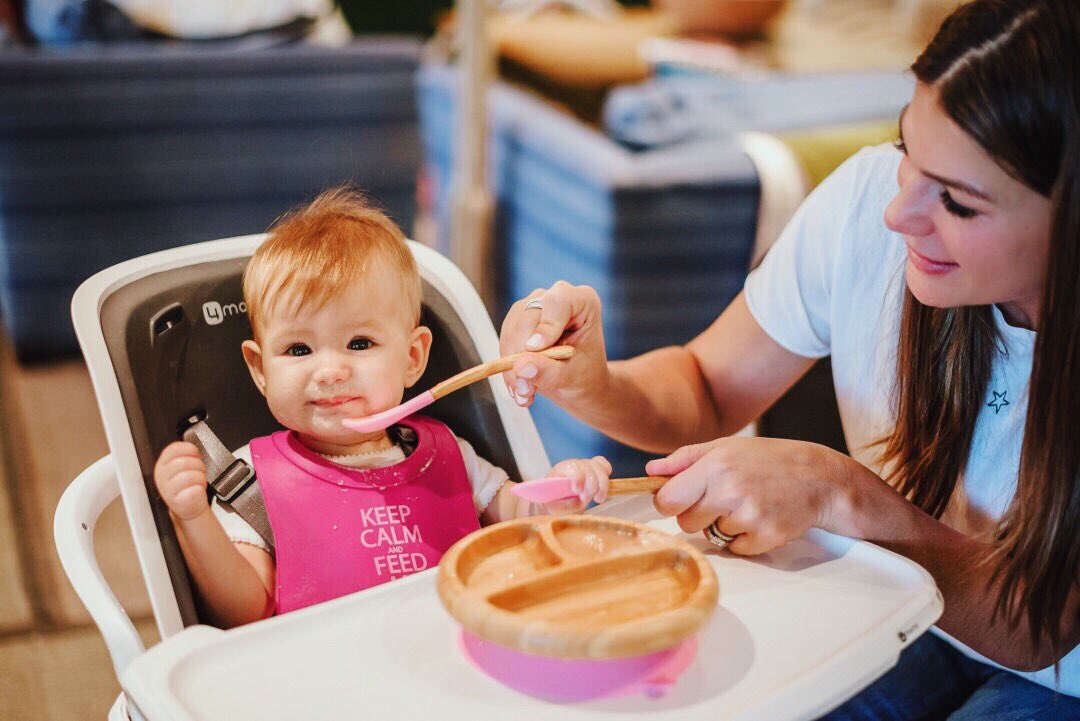 This food storage may attract additional pests such as cockroaches, ants, and mice, causing a simple mouse infestation to rapidly develop into a full-blown pest issue.
This food storage may attract additional pests such as cockroaches, ants, and mice, causing a simple mouse infestation to rapidly develop into a full-blown pest issue.
Mice are generally unwilling to eat non-food items. If chew impressions are on cables, cords, wires, boxes, fabric other objects, this is due to the existence of a mouse nest rather than food consumption.
How To Feed Baby Mice?Step 1:Give your baby mouse some liquid nourishment. Baby mice drink mother’s milk. Instead, you’ll need to give your newborn mouse the milk it needs. Cow’s milk should be avoided. You may, instead, try soy formula, kitten formula made of goat’s or cow’s milk, or goat’s milk baby formula.
Step 2:Every two hours, give them a good meal. Your newborn mouse will require feeding around the clock until it opens its eyes. You must feed your newborn mice every two hours for those between 0 and 2 weeks old. They only need to eat every 3-4 hours after that.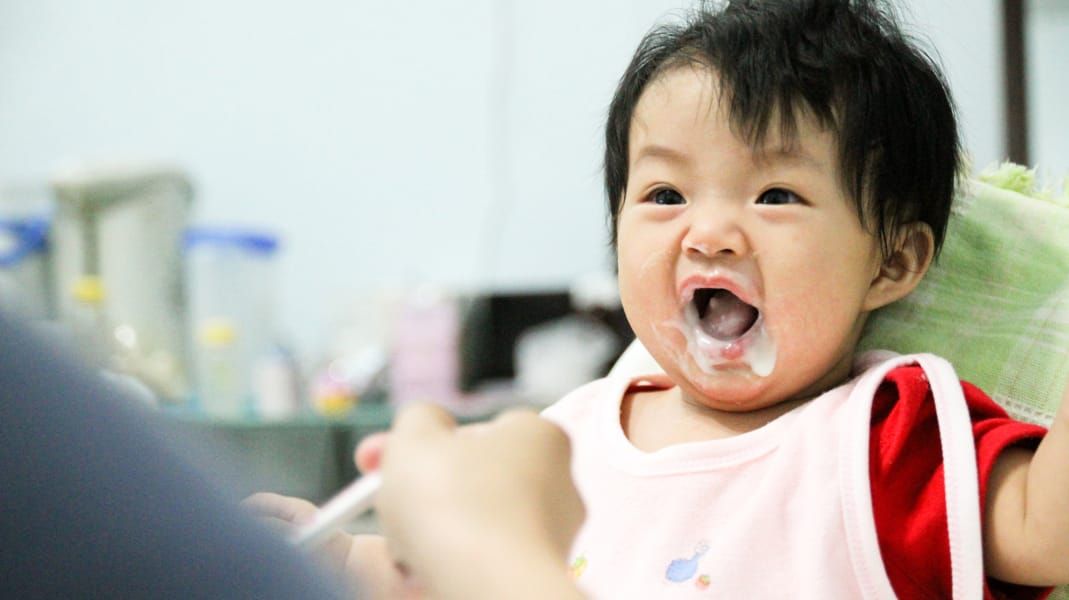 They shouldn’t eat during the night once their eyes are open.
They shouldn’t eat during the night once their eyes are open.
Warm the milk first. Check a drop on your wrist to see if it’s cold or hot enough. Using a syringe, eyedropper, or pipette, add milk to a mouse. With your non-dominant hand, firmly grip the mouse. With your other hand, hold the pipette and try to shimmy the probe into the mouse’s mouth. Warm milk should be used instead of cold water. This resembles stretching out and squirming
Step 3:Solid foods should be introduced gradually after your mouse’s eyes are open. It may begin to eat solid food when its eyes are open. Continue feeding it formula until the 4 to 6 weeks old, at which point it will be weaned. Hamster or kitten food, baby food, or soft vegetables can all be offered.
Step 4:To help a mouse go to the toilet, stimulate it. Baby mice can’t urinate or feces on their own because they’re babies. The mother would generally lick them to encourage them to eliminate them. Place a cotton ball or your finger in lukewarm water and gently move it over the mouse’s genitals until it has eliminated itself.
Place a cotton ball or your finger in lukewarm water and gently move it over the mouse’s genitals until it has eliminated itself.
What are the most dangerous animals for mice? While it is not uncommon for some of the larger tarantulas to consume a mouse, most spiders do not consider mice to be a common meal, and instead may appear on a mouse’s menu. Where a substantial amphibian may occasionally capture and consume a mouse, the bulk of their diet is composed of tiny animals, such as insects.
There are several animals that consume mice as part of their regular diet in order to maintain the rodents’ populations in check. These are the creatures believed to be the mouse’s natural predators, and they may be found across a variety of species.
Birds
Hawks, eagles, and owls consider mice a welcome change of pace to be hunted and snared. The heron, crow, and blue jay are non-raptor birds that will eat rodents if they find them.
Reptiles
Although larger lizards are known to consume mice, snakes are generally the primary food source for them. People who keep snakes as pets are aware of the snake’s preference for a rodent dinner, but they are more frequently provided with frozen rodents rather than live mice because of their personal preferences or fears that their pets will be injured by food trying to defend themselves.
Mammals
Cats are commonly thought of as the mouse’s greatest adversary, but once they’ve finished playing with them, house cats will not eat mice. Their feral counterparts and wild cat relatives, however, actively seek out mice for food. Cats, like other species, will consume mice to fill their stomachs. Tigers, lions, and jaguars require more substantial meals, but they will still nibble on them to keep their hunger satisfied. Dogs are not as fussy about eating mice as cats are; nevertheless, they are just as ready to do so in order to survive.
Humans
There is another rodent-eating creature that has been observed. It’s a mammal, but it differs from the others in several respects. This species differs from the other mammals listed above because it does not eat mice. Locals avoid members of these societies because they are located in certain countries and are often shunned by those from throughout the rest of the globe. The human is one of the mouse’s greatest foes, and it is a member of this distinctive species.
Humans, as a species, are perhaps the pickiest eaters on the food chain. Humans’ tastes have evolved to the point where we are repulsed by certain foods, particularly those that are known to be parasite-carrying plague transmitters.
Mice are eaten on a regular basis in certain areas of the world, where circumstances demand that food be acquired where it may be found. Though many of the countries that offer mice on their menu no longer struggle financially, traditional dishes are still served, albeit as cultural delicacies for visiting tourists with strong stomachs. In Vietnam, Korea, China, Zambia, and Malawi, rats are known to be eaten in many ways.
In Vietnam, Korea, China, Zambia, and Malawi, rats are known to be eaten in many ways.
Mice are now a trendy source of protein, according to the Austrian Times, having been proven that there’s nothing edible that hasn’t been transformed into a delicacy somewhere in the world. It should be prepared similarly to other meats, just in smaller mouse-sized portions.
It’s possible to eat sewer rats. While you can eliminate many of the pathogens by cooking at a high temperature, rodents still feed on waste and human/animal remains. It is possible to eat cooked rats, although doing so might cause various illnesses and even death if not properly done.
Amazon and the Amazon logo are trademarks of Amazon.com, Inc, or its affiliates.
Little Mouse Peak - a fairy tale by Vitaly Bianchi
Little Mouse Peak - a fairy tale by Vitaly Bianchi
How the mouse got into the sailors
The guys were launching boats on the river.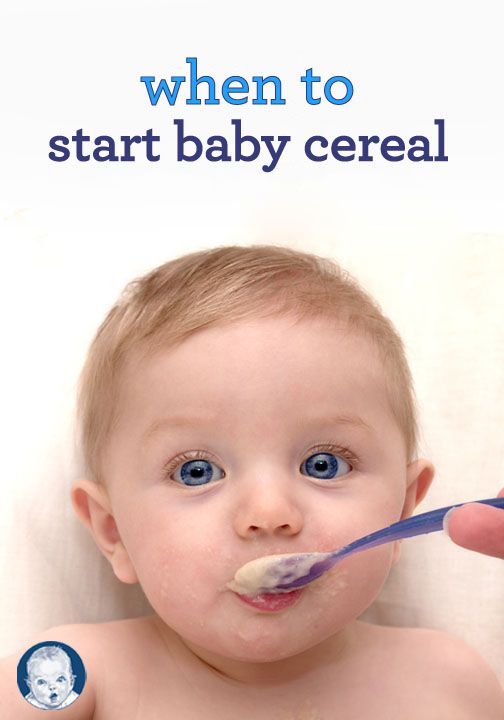 My brother carved them with a knife from thick pieces of pine bark. My sister was adjusting sails from rags.
My brother carved them with a knife from thick pieces of pine bark. My sister was adjusting sails from rags.
The largest ship needed a long mast.
- It must be from a straight branch, - said the brother, took a knife and went into the bushes.
Suddenly he shouted from there:
- Mice, mice!
Little sister rushed to him.
- He chopped a knot, - the brother said, - and how they crackle! A whole bunch! One over here under the root. Wait a minute, I'm going to…
He cut a root with a knife and pulled out a tiny mouse.
- How tiny he is! sister was surprised. - And yellow-mouthed! Do such things happen?
- This is a wild mouse, - explained the brother, - a field mouse. Each breed has its own name, but I don't know what it's called.
Then the little mouse opened its pink mouth and squeaked.
- Peak! He says his name is Peak! sister laughed. "Look how he's trembling!" Ay! Yes, he has blood in his ear. It was you who wounded him with a knife when you got him.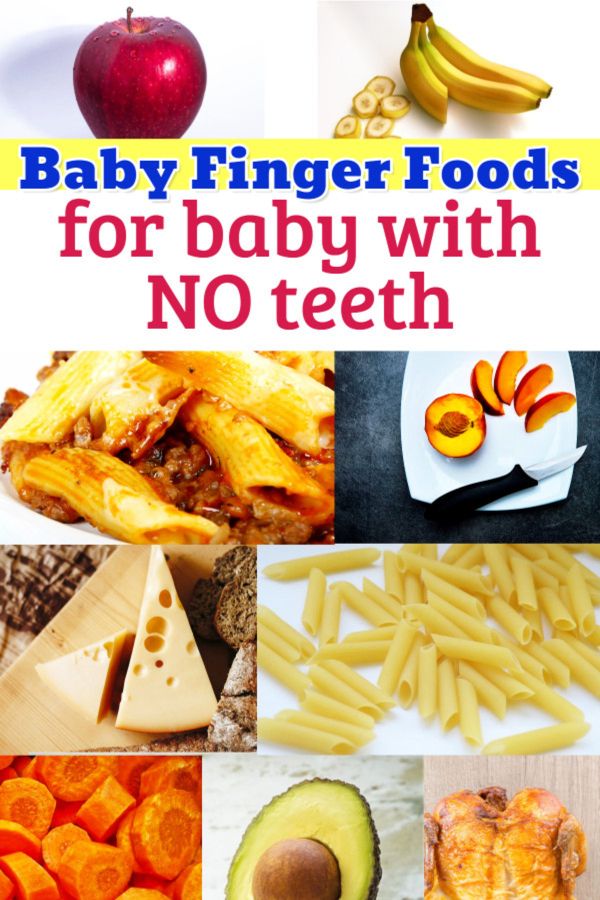 He hurts.
He hurts.
"I'll kill him anyway," the brother said angrily. - I kill them all: why do they steal our bread?
“Let him go,” the little sister pleaded, “he’s small!”
But the boy didn't want to listen.
- I'll throw it into the river, - he said and went to the shore.
The girl suddenly figured out how to save the little mouse.
Stop! she screamed at her brother. - You know? Let's put him in our largest ship, and let him be a passenger!
The brother agreed to this: anyway, the mouse will drown in the river. And with a live passenger, it’s interesting to let the boat go.
We set sail, put the mouse in a dugout boat and let it go with the flow. The wind picked up the boat and drove it away from the shore. The little mouse clung tightly to the dry bark and did not move.
The guys waved their hands to him from the shore.
At this time they were called home. They still saw how a light boat in full sail disappeared around a bend in the river.
- Poor little Peak! the girl said when they returned home.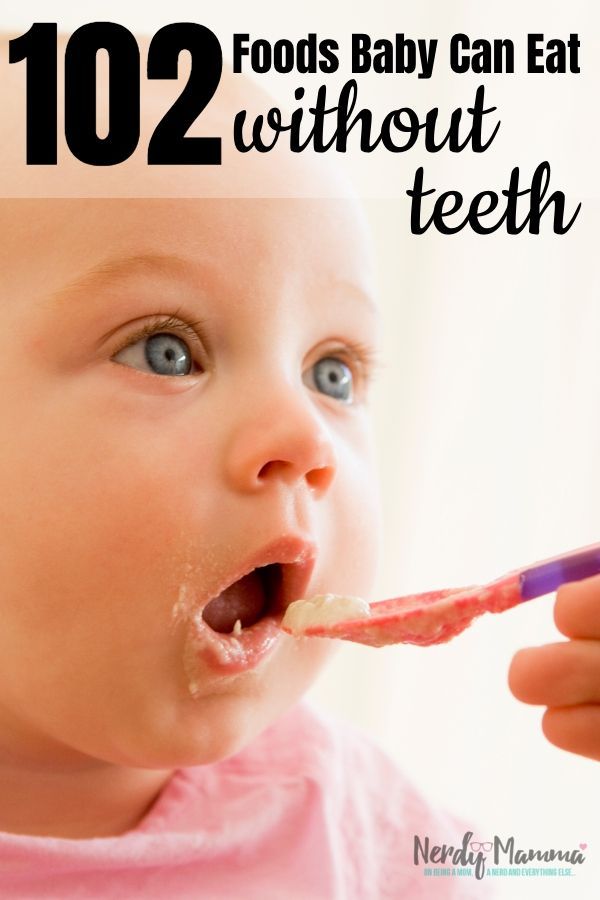 “The ship will probably be capsized by the wind, and the Peak will sink.
“The ship will probably be capsized by the wind, and the Peak will sink.
The boy was silent. He thought about how he could kill all the mice in their closet.
Shipwreck
And the little mouse was carried and carried on a light pine boat. The wind drove the boat farther and farther from the shore. High waves splashed all around. The river was wide, a whole sea for a tiny Peak.
Pike was only two weeks old. He did not know how to find food for himself, nor to hide from enemies. On that day, the mother mouse took her mice out of the nest for the first time - for a walk. She was just feeding them her milk when the boy scared the whole mouse family.
Peak was still a sucker. The guys played a cruel joke on him. It would be better if they killed him at once than to let him alone, small and defenseless, on such a dangerous journey.
The weight of the world was against him. The wind was blowing, as if it wanted to overturn the boat, the waves threw the boat, as if they wanted to drown it in their dark depths.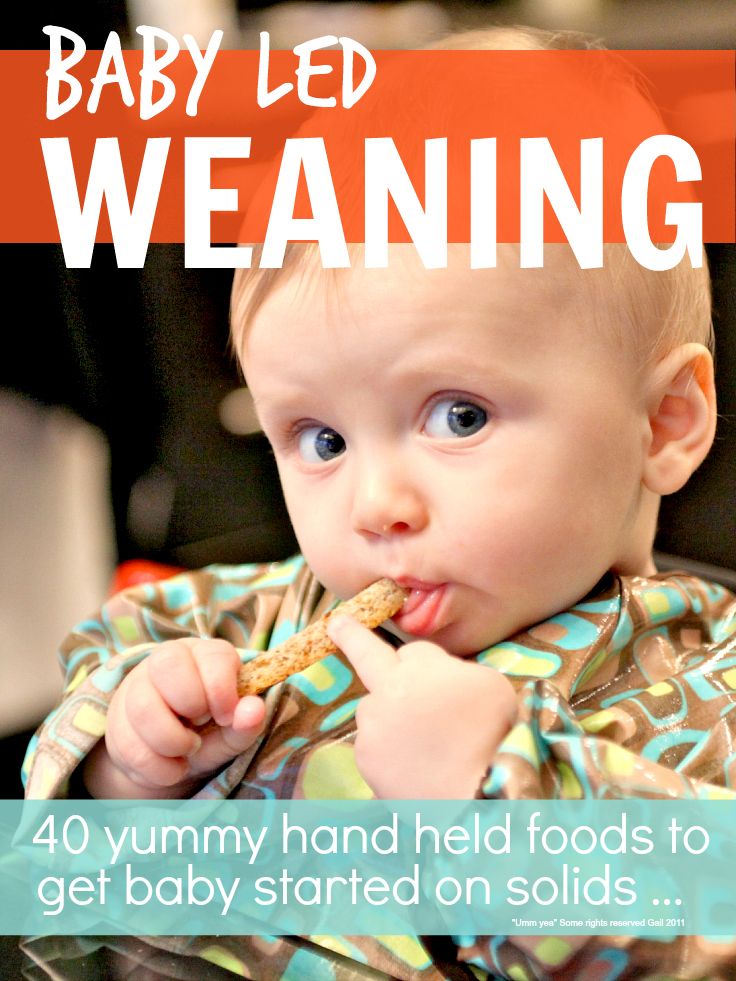 Animals, birds, reptiles, fish - all were against him. Everyone was not averse to profiting from a stupid, defenseless little mouse.
Animals, birds, reptiles, fish - all were against him. Everyone was not averse to profiting from a stupid, defenseless little mouse.
Pika was first noticed by large white gulls. They flew up and circled over the ship. They screamed in annoyance that they could not finish off the mouse at once: they were afraid to break their beak on the hard bark in flight. Some sank into the water and swam to catch up with the boat.
And a pike rose from the bottom of the river and also swam after the boat. She was waiting for the seagulls to throw the mouse into the water. Then he can not escape her terrible teeth.
Peak heard the predatory cries of seagulls. He closed his eyes and waited for death.
At this time, a large bird of prey flew up from behind - an osprey fisherman. The seagulls scattered.
The fisherman saw a mouse on a boat and under it a pike in the water. He folded his wings and plunged down.
He fell into the river very close to the boat. With the end of the wing, he touched the sail, and the boat turned over.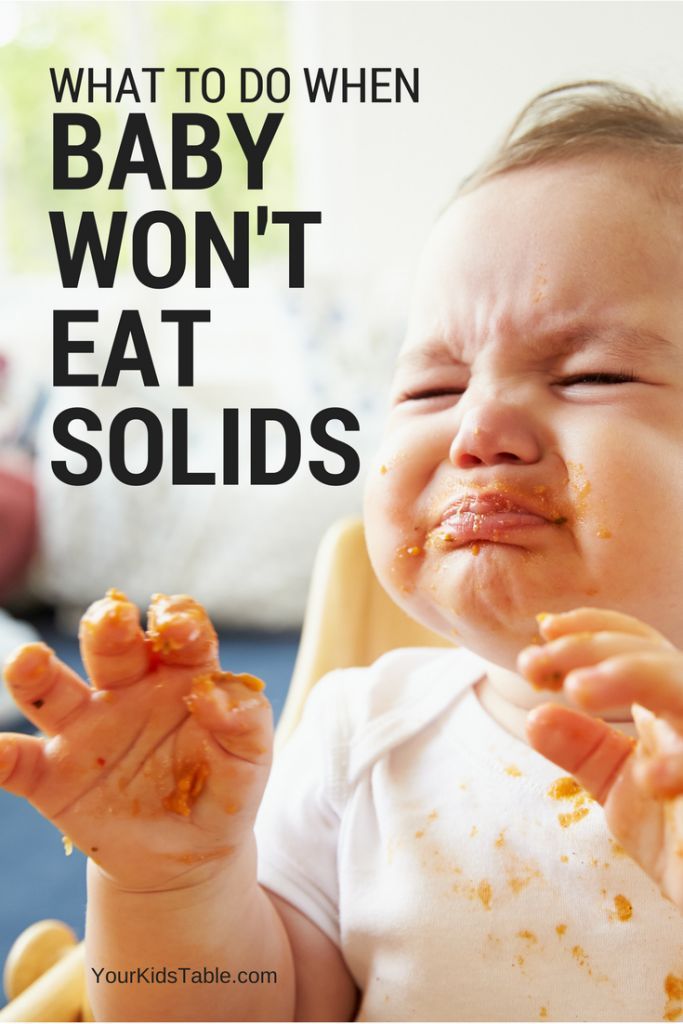
When the angler rose heavily from the water with the pike in his claws, there was no one on the capsized boat. The seagulls saw it from a distance and flew away; they thought the mouse had drowned.
Peak did not learn to swim. But when he got into the water, it turned out that he only had to work with his paws so as not to drown. He surfaced and grabbed the boat with his teeth.
He was carried along with the overturned boat.
Soon the ship was washed up by waves to an unfamiliar shore.
Peak jumped onto the sand and rushed into the bushes.
It was a real shipwreck, and the little passenger could consider himself lucky that he was saved.
Terrible night
The peak is wet to the last hair. I had to lick myself all over with my tongue. After that, the fur soon dried up, and he warmed up. He wanted to eat. But he was afraid to get out from under the bush: the sharp cries of seagulls could be heard from the river.
So he sat hungry all day.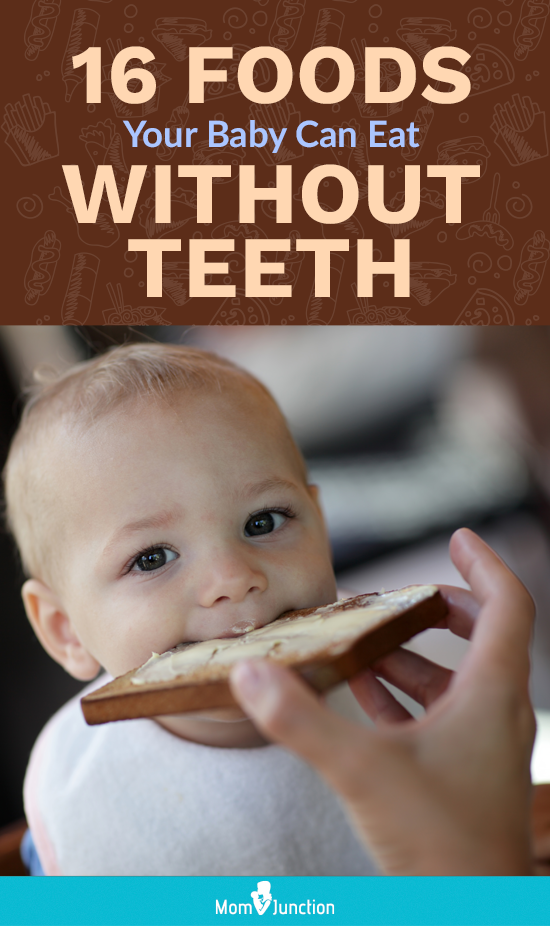
At last it began to get dark. The birds calmed down. Only ringing waves crashed against the close shore.
Peak carefully crawled out from under the bush.
Looked around - no one. Then he quickly rolled into the grass in a dark ball.
Then he began to suck all the leaves and stems that came across his eyes. But there was no milk in them.
Annoyed, he began to fumble and tear them with his teeth.
Suddenly, warm juice splashed into his mouth from one stem. The juice was sweet, like the milk of a mother mouse.
Peak ate this stalk and began looking for others like it. He was hungry and did not see at all what was happening around him.
And the full moon was already rising above the tops of tall grasses. Quick shadows swept silently through the air: nimble bats were chasing night butterflies.
Quiet rustlings and rustlings were heard from all sides in the grass. Someone was scurrying around there, sniffing in the bushes, hiding in the hummocks.
Peak ate. He gnawed through the stems near the ground. The stalk fell, and a rain of cold dew flew over the mouse. But at the end of the stem, Peak found a delicious spikelet. The little mouse sat down, lifted the stalk with its front paws, as if with hands, and quickly ate the spikelet.
Slap-slap! Something hit the ground not far from the mouse.
Peak stopped biting and listened.
Rustled in the grass.
Slap-slap!
Someone jumped on the grass right at the little mouse.
We must hurry back to the bushes!
Slap-slap! jumped from behind.
Slap-slap! Slap-slap! resounded from all sides.
Plop! came from very close ahead.
Someone's long, outstretched legs flashed over the grass, and - slap! A bug-eyed little frog flopped to the ground right in front of Peak's nose.
He stared at the little mouse in fear. The little mouse examined its bare slippery skin with surprise and fear...
So they sat in front of each other, and neither of them knew what to do next.
And all around you could still hear - plop-slap! plop-slap! - like a whole herd of frightened frogs, escaping from someone, jumped on the grass.
And closer and closer a light, quick rustling was heard.
And for a moment the little mouse saw: behind the frog, a long flexible body of a silver-black snake shot up.
The snake slid down, and the frog's long hind legs jerked in its open mouth.
What happened next, Peak did not see. He rushed headlong away and did not notice how he found himself on a branch of a bush, high above the ground.
Here he spent the rest of the night, since his belly was tightly stuffed with grass.
And all around before dawn rustles and rustles were heard.
Catching tail and invisible fur
Starvation no longer threatens Peak: he has already learned how to find food for himself. But how could he alone be saved from all enemies?
Mice always live in large flocks: it is easier to defend themselves from attack. Someone will notice the approaching enemy, whistle, and everyone will hide.
Someone will notice the approaching enemy, whistle, and everyone will hide.
And there was only one Peak. He had to quickly find other mice and stick to them. And Peak went on a search. Wherever he could, he tried to make his way through the bushes. There were many snakes in this place, and he was afraid to go down to them on the ground.
He learned to climb very well. Especially helped him tail. His tail was long, flexible and tenacious. With such a hook, he could climb thin twigs no worse than a monkey.
From branch to branch, from twig to twig, from bush to bush - this is how Peak made his way for three nights in a row.
Finally the bushes ran out. Next was the meadow.
Pik did not meet mice in the bushes. I had to run through the grass.
The meadow was dry. The snakes didn't come across. The mouse took courage and began to travel in the sun. Now he ate everything he came across: grains and tubers of various plants, beetles, caterpillars, worms. And soon he learned a new way to hide from enemies.
It happened like this: Peak unearthed the larvae of some beetles in the ground, sat down on his hind legs and began to eat.
The sun shone brightly. Grasshoppers chirped in the grass.
Peak saw a small shaking falcon in the distance over the meadow, but was not afraid of it. The shaker, a bird the size of a dove, only thinner, hung motionless in the empty air, as if suspended by a string. Only her wings shook a little and she turned her head from side to side.
He didn't even know what sharp eyes the shaker had.
Peak's breast was white. When he sat, she could be seen far away on the brown earth.
Peak understood the danger only when the shaker immediately rushed from its place and rushed towards him like an arrow.
It was too late to run. The little mouse was paralyzed with fear. He pressed his chest to the ground and froze.
The shaker flew up to him and suddenly hung in the air again, slightly perceptibly fluttering with sharp wings. She couldn't figure out where the little mouse had gone. Now only she saw his bright white chest, and suddenly he was gone. She vigilantly peered at the place where he sat, but saw only brown clods of earth.
Now only she saw his bright white chest, and suddenly he was gone. She vigilantly peered at the place where he sat, but saw only brown clods of earth.
And Peak was lying there, in front of her eyes.
On the back, his fur was yellow-brown, exactly the same color as the earth, and from above he could not be seen at all.
A green grasshopper jumped out of the grass.
The shaker rushed down, picked it up on the fly and sped away.
Invisible fur saved Peak's life.
Since he noticed the enemy from afar, he immediately clung to the ground and lay without moving. And the invisible fur did its job: it deceived the most keen eyes.
Nightingale the Robber
Day after day, Peak ran through the meadow, but nowhere did he find any traces of mice.
Finally, the bushes began again, and behind them Peak heard the familiar splash of river waves,
The mouse had to turn around and head in the other direction. He ran all night, and in the morning he climbed under a large bush and went to bed.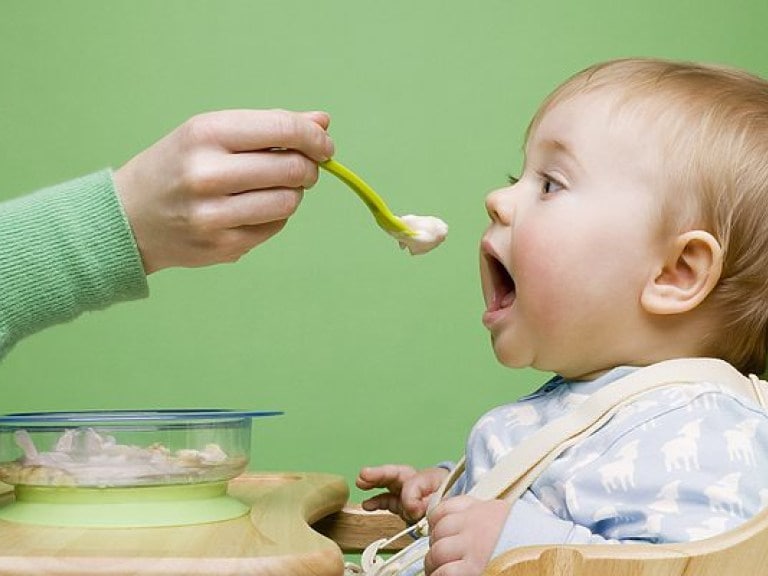
He was awakened by a loud song. Peak looked out from under the roots and saw a beautiful bird with a pink chest, a gray head and a red-brown back above his head. The mouse really liked her cheerful song. He wanted to listen to the singer closer. He climbed up the bush towards her.
Peak was never touched by songbirds and he wasn't afraid of them. And this little girl was a little bigger than a sparrow in height.
The silly little mouse did not know that it was a Shrike Shrike and that, although he is a songbird, he trades in robbery.
Pik did not even have time to come to his senses, as the shrike pounced on him and painfully hit him in the back with a hooked beak.
From a strong blow Peak flew head over heels from a branch.
He fell into the soft grass and didn't hurt himself. Before the shrike had time to pounce on him again, the little mouse had already scurried under the roots. Then the cunning "robber nightingale" sat down on a bush and waited for Peak to peek out from under the roots.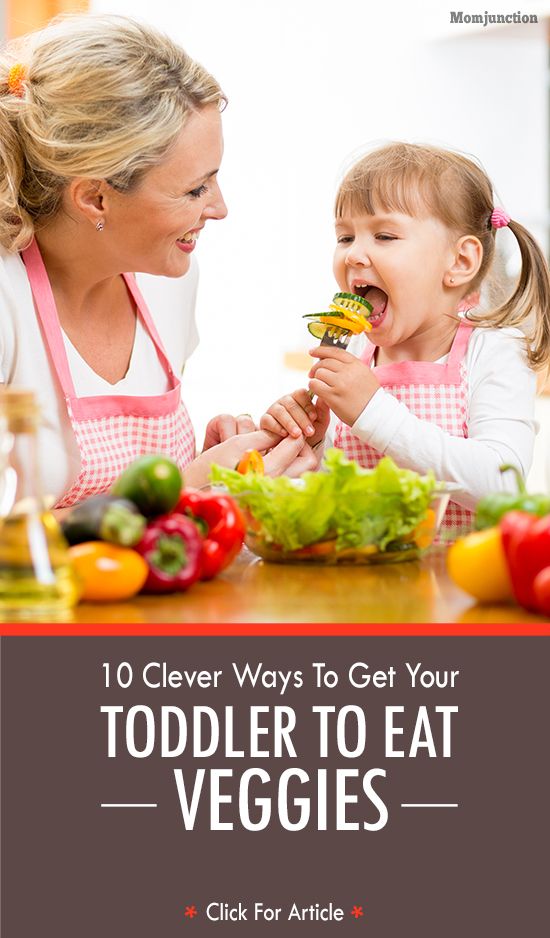
He sang very beautiful songs, but the mouse was not up to them. From the place where Peak now sat, he could clearly see the bush on which the shrike was sitting.
The branches of this bush were planted with long sharp thorns. Dead, half-eaten chicks, lizards, frogs, beetles and grasshoppers stuck out on the thorns, like on pikes. Here was the robber's air pantry.
Would sit on a thorn and a mouse if he came out from under the roots.
The whole day the shrike guarded Peak. But when the sun went down, the robber climbed into the thicket to sleep. Then the mouse quietly crawled out from under the bush and ran away.
Maybe in a hurry he lost his way, only the next morning he again heard the splashing of the river behind the bushes. And again he had to turn and run in the other direction.
End of Journey
Peak was now running across the dry swamp.
One dry moss grew here; it was very difficult to run along it, and most importantly, there was nothing to eat; neither worms, nor caterpillars, nor juicy grass came across.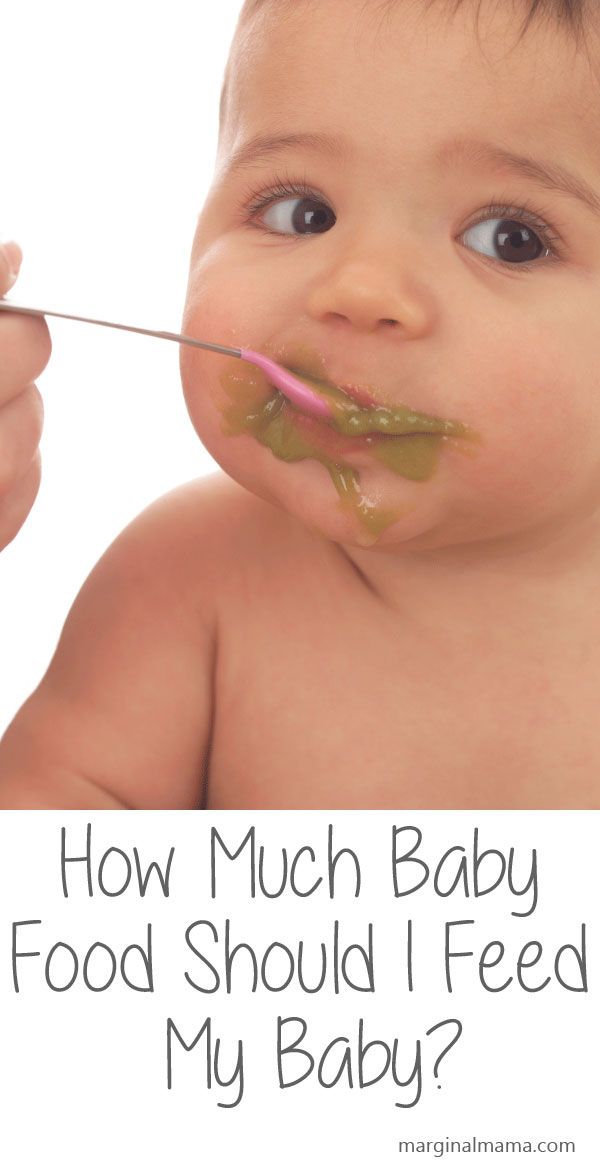
On the second night the little mouse was completely exhausted. With difficulty, he climbed another hillock and fell. His eyes drooped.
My throat is dry. To freshen up, he lay down to lick drops of cold dew from the moss.
Beginning to get light. From the hillock Peak could see the moss-covered valley far away. Behind her, the meadow began again. Juicy grasses stood there in a high wall. But the mouse did not have the strength to get up and run to them.
The sun came out. From its hot light, dew drops quickly began to dry.
Peak felt that he was coming to an end. He gathered the rest of his strength, crawled, but immediately fell down and rolled down the hill. He fell on his back, paws up, and now he saw only a hummock overgrown with moss in front of him.
Directly opposite him, in a tussock, was a deep black hole, so narrow that Peake couldn't even stick his head in it.
The little mouse noticed that something was stirring in the depths of it.
Soon a thick hairy bumblebee appeared at the entrance.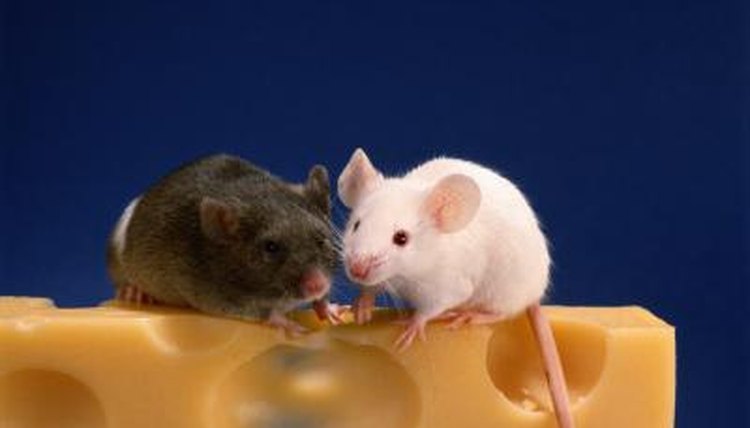 He crawled out of the hole, scratched his round belly with his paw, spread his wings and rose into the air.
He crawled out of the hole, scratched his round belly with his paw, spread his wings and rose into the air.
Having made a circle over the hummock,
the bumblebee returned to its mink and landed at its entrance. Then he got up on his paws and worked his stiff wings so hard that the wind smelled like a mouse.
"Whoa! - the wings hummed. — Zzhzhuu!..”
It was a trumpeter bumblebee. He drove fresh air into a deep mink - ventilated the room - and woke up other bumblebees that were still sleeping in the nest.
Soon, one by one, all the bumblebees got out of the mink and flew to the meadow to collect honey. The trumpeter was the last to leave. Peak was left alone. He understood what he had to do to be saved.
Somehow, crawling, with respite, he got to the bumblebee mink. From there, a sweet smell hit his nose.
Peak nosed the ground. The earth gave way.
He dug again and again until he dug a hole. Large cells of gray wax appeared at the bottom of the hole. Some contained bumblebee larvae, others were full of fragrant yellow honey.
Some contained bumblebee larvae, others were full of fragrant yellow honey.
The little mouse greedily began to lick the sweet delicacy. He licked all the honey, set about the larvae and quickly dealt with them.
Strength quickly returned to him: he had never eaten such hearty food since he parted from his mother. He tore the ground further and further - now without difficulty - and found more and more cells with honey, with larvae.
Suddenly, something painfully pricked him on the cheek. The peak bounced off. A large bumblebee queen climbed out of the ground on him.
Peak was about to rush at her, but then wings hummed, buzzed over him: the bumblebees returned from the meadow.
A whole army of them attacked the mouse, and he had no choice but to flee.
The Peak launched from them with all his might. Thick fur protected him from the terrible bumblebee stings. But the bumblebees chose places where the hair is shorter, and pricked it in the ears, in the legs, in the back of the head.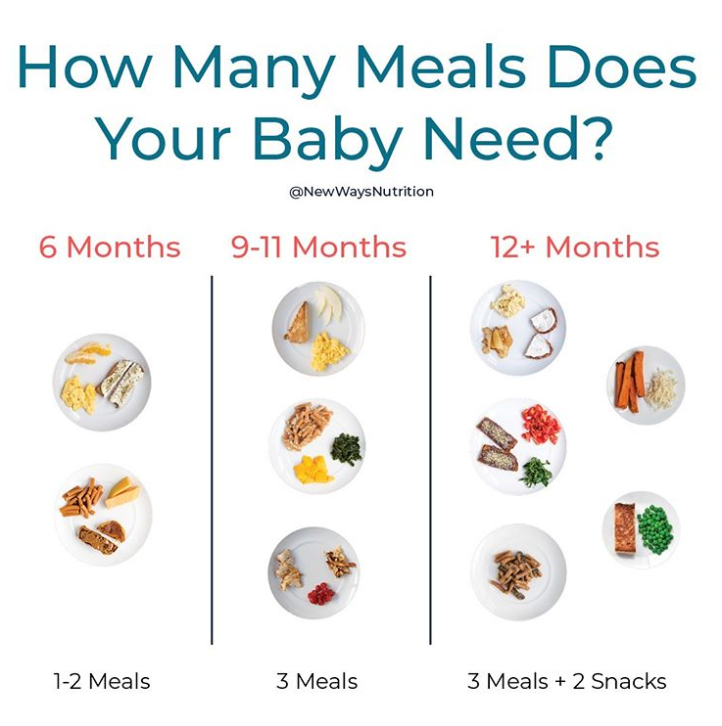
In one spirit - where did the agility come from! - he rushed to the meadow and hid in the thick grass.
Then the bumblebees left him behind and returned to their plundered nest.
On the same day Peak crossed a damp, swampy meadow and again found himself on the river bank.
Peak was on an island.
Building a house
The island that Peak landed on was uninhabited: there were no mice on it. Only birds lived here, only snakes and frogs, for whom it cost nothing to cross the wide river here.
Peak was supposed to live here alone.
The famous Robinson, when he got to a desert island, began to think how he could live alone. He reasoned that first he needed to build himself a house that would protect him from the weather and the attacks of enemies. ”And then he began to collect supplies for a rainy day.
Peak was just a mouse: he couldn't reason. And yet he did just the same as Robinson. The first thing he did was build a house for himself.
Nobody taught him how to build: it was in his blood. He built as all mice of the same breed built with him.
In a swampy meadow, tall reeds grew interspersed with sedge - an excellent forest for a mouse building.
Peak chose several reeds growing nearby, climbed on them, bit off the tops and split the ends with his teeth. He was so small and light that the grass easily held him.
Then he started on the leaves. He climbed onto a sedge and gnawed off a leaf at the very stem. The leaf fell, the mouse climbed down, picked up the leaf with its front paws and held it out through clenched teeth. The little mouse dragged the soaked strips of leaves up and deftly wove them into the split ends of the reed. He climbed on such thin blades of grass that they bent under him. He tied them with tips one by one.
In the end, he got a light round house, very similar to a bird's nest. The whole house was the size of a child's fist.
From the side, the mouse made a move in it, laid out moss, leaves and thin roots inside.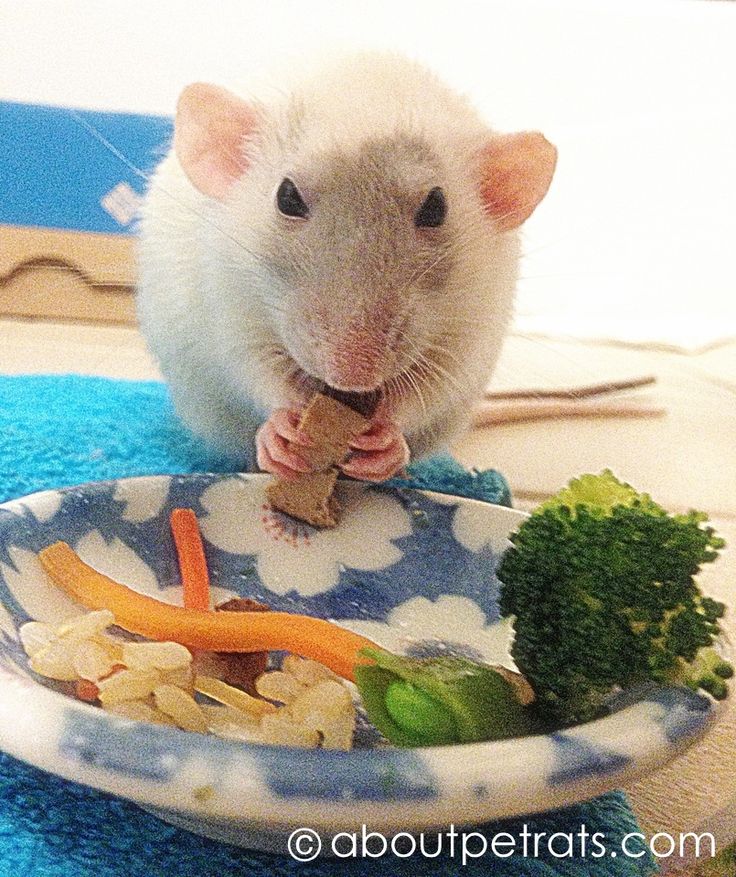 For the bed, he dragged soft, warm flower down. The bedroom turned out great.
For the bed, he dragged soft, warm flower down. The bedroom turned out great.
Now Peak had a place to rest and hide from bad weather and enemies. From a distance, the most keen eye could not have noticed a grassy nest, hidden on all sides by high reeds and dense sedge. Not a single snake would have reached it: it hung so high above the ground.
The real Robinson himself could not have come up with a better idea.
Uninvited guest
Days passed by.
The little mouse lived quietly in his air house. He became quite an adult, but grew very little. He was not supposed to grow anymore, because Peak belonged to a breed of baby mice. These mice are even smaller than our little gray house mice.
Peak often now disappeared from home for a long time. On hot days, he bathed in the cool water of the swamp, not far from the meadow.
Once he left home in the evening, found two bumblebee nests in the meadow and ate honey so much that he immediately climbed into the grass and fell asleep.
Peak returned home only in the morning. Downstairs, he noticed something amiss. A wide strip of thick mucus ran along the ground and along one of the stems, and a thick, curly tail protruded from the nest.
The little mouse is seriously scared. The smooth, fat tail looked like a snake's. Only the tail of snakes is hard and covered with scales, and this one was naked, soft, covered in some kind of sticky mucus.
Peak plucked up his courage and climbed up the stem to get a closer look at the intruder.
At this time, the tail slowly moved, and the frightened little mouse rolled head over heels to the ground. He hid in the grass and from there saw how the monster lazily crawled out of his house.
First, the thick tail disappeared into the nest hole. Then two long soft horns with pimples at the ends appeared from there. Then two more of the same horns - only short. And behind them at last the whole disgusting head of the monster poked out.
The little mouse saw the naked, soft, slimy body of a giant slug crawl out of his house, as if it was spilling slowly.
From head to tail, the slug was a good three inches long.
He began to descend to the ground. Its soft belly stuck tightly to the stalk, and a wide band of thick mucus remained on the stalk.
Peak did not wait for him to slide to the ground and ran away. The soft slug could not do anything to him, but the little mouse was disgusted by this cold, lethargic, sticky animal.
Only a few hours later Peak returned. The slug has gone somewhere.
The little mouse climbed into its nest. Everything there was smeared with nasty slime. Peak threw out all the fluff and put in a new one. Only then did he decide to go to bed. Since then, when he left home, he always plugged the entrance with a bunch of dry grass”
Pantry
The days were getting shorter, the nights were getting colder.
Grains have ripened on cereals. The wind dropped them to the ground, and flocks of birds flew to the mouse in the meadow to pick them up.
Piku had a very satisfying life. He grew fat every day. The fur was slick on him.
He grew fat every day. The fur was slick on him.
Now the little four-legged robinson has set up a pantry for himself and stocked up in it for a rainy day. He dug a hole in the ground and widened the end of it. Here he dragged grain, as in a cellar.
Then it seemed to him not enough. He dug another cellar nearby and connected them with an underground passage.
It was raining all the time. The earth softened from above, the grass turned yellow, got wet and drooped. Peak's grass house had drooped and now hung low above the ground. There was mold in it.
Life in the nest has become bad. Soon the grass completely fell to the ground, the nest hung on the reeds like a conspicuous dark ball. It was already dangerous.
Peak decided to move to live underground. He was no longer afraid that a snake would crawl into his hole or that restless frogs would disturb him: snakes and frogs had long disappeared somewhere.
The little mouse chose a dry and secluded place under a hummock for his mink. Peak arranged a passage to the mink from the leeward side, so that cold air would not blow into his dwelling.
Peak arranged a passage to the mink from the leeward side, so that cold air would not blow into his dwelling.
A long, straight corridor led from the entrance. It expanded at the end into a small round room. Peak dragged dry moss and grass here - he arranged a bedroom for himself.
His new underground bedroom was warm and cozy. He dug passages from it underground to both of his cellars so that he could run without going outside.
When everything was ready, the little mouse tightly plugged the entrance to his airy summer house with grass and moved into the underground one.
Snow and sleep
The birds no longer came to peck at the grain. The grass lay firmly on the ground, and a cold wind roamed freely around the island.
By that time Peak had grown terribly fat. A sort of lethargy came over him. He was too lazy to move much. He got out of the hole less and less.
One morning he saw that the entrance to his dwelling had been blocked. He dug up the cold loose snow and went out into the meadow.
He dug up the cold loose snow and went out into the meadow.
The whole earth was white. The snow sparkled unbearably in the sun. The little mouse's bare paws burned with cold.
Then frosts began.
The little mouse would have had a bad time if he hadn't stocked himself with food. How to dig grains from deep frozen snow?
Drowsy lethargy more and more often seized Peak. Now he did not leave the bedroom for two, three days and still slept. Waking up, he went to the cellar, ate there and again fell asleep for several days.
He stopped going outside altogether.
He felt good underground. He lay on a soft bed, curled up in a warm, fluffy ball. His heart beat slower and slower. Breath became weak-weak. A sweet, long sleep completely overcame him.
Baby mice do not sleep all winter, like marmots or hamsters. From a long sleep they lose weight, they become cold. Then they wake up and take on their supplies.
Peak slept peacefully: after all, he had two full cellars of grain.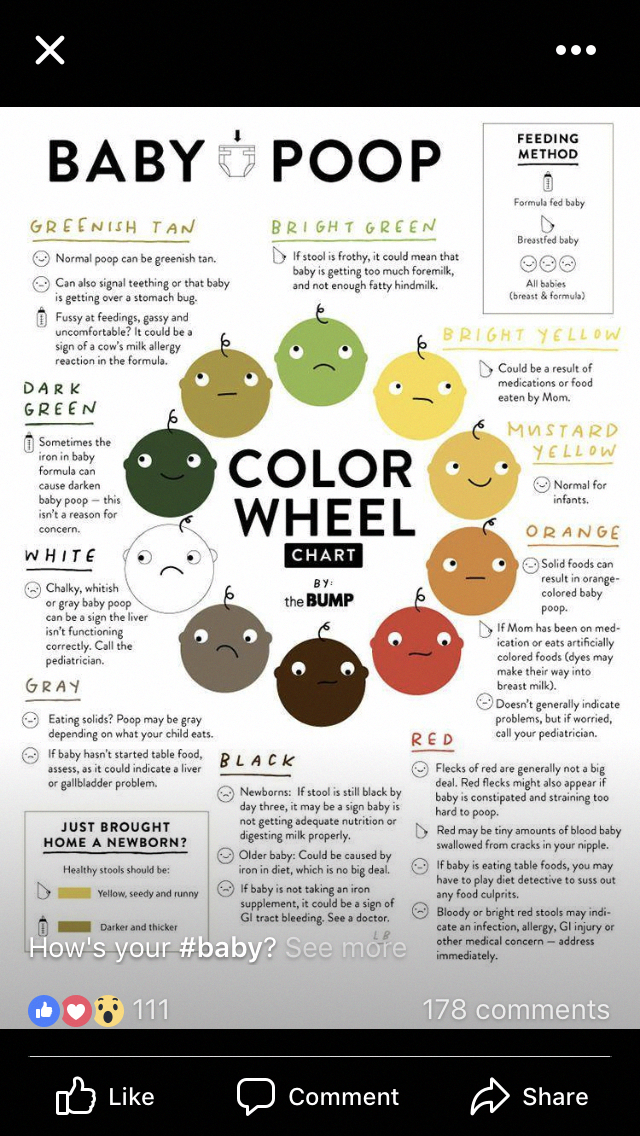 He did not sense what unexpected misfortune would soon befall him.
He did not sense what unexpected misfortune would soon befall him.
Terrible Awakening
On a frosty winter evening, the guys were sitting by the warm stove.
“It’s bad for the animals now,” the little sister said thoughtfully. “Remember little Pike? Where is he now?
- And who knows! brother replied indifferently. - It's been a long time, it's true, he fell into someone's claws.
The girl sobbed.
- What are you doing? brother was surprised.
- I feel sorry for the mouse, he is so fluffy, yellowish ...
- I found someone to feel sorry for! I'll set up a mousetrap - I'll catch a hundred pieces for you!
- I don't need a hundred! - my sister sobbed. — Bring me one of these small, yellow ones...
— Wait a minute, silly, maybe you'll come across one like that.
The girl wiped her tears with her fist.
- Well, look: if you get caught - don't touch it, give it to me. Promise?
- Okay, roar! brother agreed.
The same evening he put a mousetrap in the closet.
It was the same evening that Peak woke up in his hole.
It wasn't the cold that woke him up this time. Through sleep, the mouse felt something heavy press on his back. And now the frost pinched him under the fur.
When Peak fully woke up, he was already beating from the cold. From above it was crushed by earth and snow. The ceiling above him collapsed. The corridor was filled up.
It was impossible to hesitate even a minute: frost does not like to joke.
It is necessary to go to the cellar and quickly eat grains: the well-fed is warm, the frost will not kill the well-fed.
The little mouse jumped up and ran through the snow to the cellars.
But all around the snow was pitted with narrow, deep pits—traces of goats' hooves.
Peak continually fell into the pits, climbed up and flew down again.
And when he got to the place where his cellars were, he saw only a large hole there.
Goats not only destroyed his underground dwelling, but also ate all his supplies.
On snow and ice
Peak managed to dig out a few grains in the hole. The goats trampled them into the snow with their hooves.
The food strengthened the little mouse and kept him warm. Again began to cover his languid drowsiness. But he felt: if you succumb to sleep, you will freeze.
Peak shook off his laziness and ran.
Where? He himself did not know this. I just ran and ran wherever my eyes looked.
It was already night, and the moon was high in the sky. The snow shone all around like small stars.
The little mouse ran to the river bank and stopped. The coast was steep. Under the cliff lay a thick, dark shadow. A wide icy river sparkled ahead.
Peak sniffed the air anxiously.
He was afraid to run on the ice. What if someone spots him in the middle of the river? You can even burrow into the snow if there is danger.
Turn back - there is death from cold and hunger. There is somewhere ahead, perhaps food and warmth.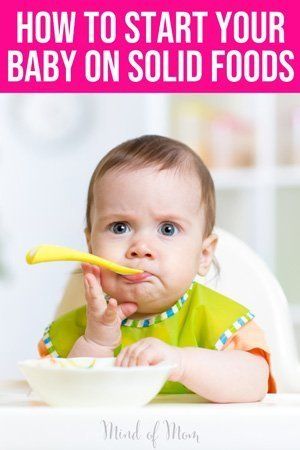 And Peak ran forward. He went down the cliff and left the island where he lived so peacefully and happily for a long time.
And Peak ran forward. He went down the cliff and left the island where he lived so peacefully and happily for a long time.
Evil eyes have already noticed him.
He had not yet reached the middle of the river, when a swift and noiseless shadow began to overtake him from behind. Only a shadow, a light shadow on the ice, he saw, turning around. He didn't even know who was after him.
In vain he crouched on the ground with his belly, as he always did in a moment of danger: his dark fur stood out like a sharp spot on the sparkling bluish ice, and the transparent darkness of the moonlit night could not hide him from the terrible eyes of the enemy.
The shadow covered the little mouse. Curved claws dug painfully into his body. Something hit hard on the head. And Peak stopped feeling.
From trouble to trouble
Peak woke up in complete darkness. He lay on something hard and uneven. The head and the wounds on the body hurt a lot, but it was warm.
As he licked his wounds, his eyes slowly began to adjust to the darkness.
He saw that he was in a spacious room, with round walls going up somewhere. There was no ceiling to be seen, although a large hole gaped somewhere above the mouse's head. Through this hole, the still quite pale light of the morning dawn penetrated into the room.
Peak looked at what he was lying on and immediately jumped up.
He lay, it turns out, on dead mice. There were several mice, and they were all numb: apparently, they had been lying here for a long time.
Fear gave the little mouse strength.
Peak climbed up the rough sheer wall and peered out.
There were only branches covered with snow all around. Below them were the tops of the bushes.
Peak himself was on a tree: looking out of a hollow.
Who brought him here and threw him to the bottom of the hollow, the little mouse never knew. Yes, he did not rack his brains over this riddle, but simply hurried to get away from here as soon as possible.
It was like this. On the ice of the river, he was overtaken by a long-eared forest owl. She hit him on the head with her beak: she grabbed him with her claws and carried him into the forest.
Fortunately, the owl was very full: she had just caught a hare and ate as much as she could. Her goiter was so tightly packed that there was no room even for a small mouse. She decided to leave Peak in reserve.
The owl carried him into the forest and threw him into a hollow where she had a pantry. She has brought here a dozen dead mice since autumn. In winter, food can be difficult to obtain, and even such nocturnal robbers as an owl happen to starve.
Of course, she did not know that the mouse was only stunned, otherwise she would immediately crush his skull with her sharp beak! Usually she was able to finish off the mice with the first blow.
Pike was lucky this time. The peak descended safely from the tree and darted into the bushes.
Only then did he notice that something was wrong with him: his breath was whistling out of his throat.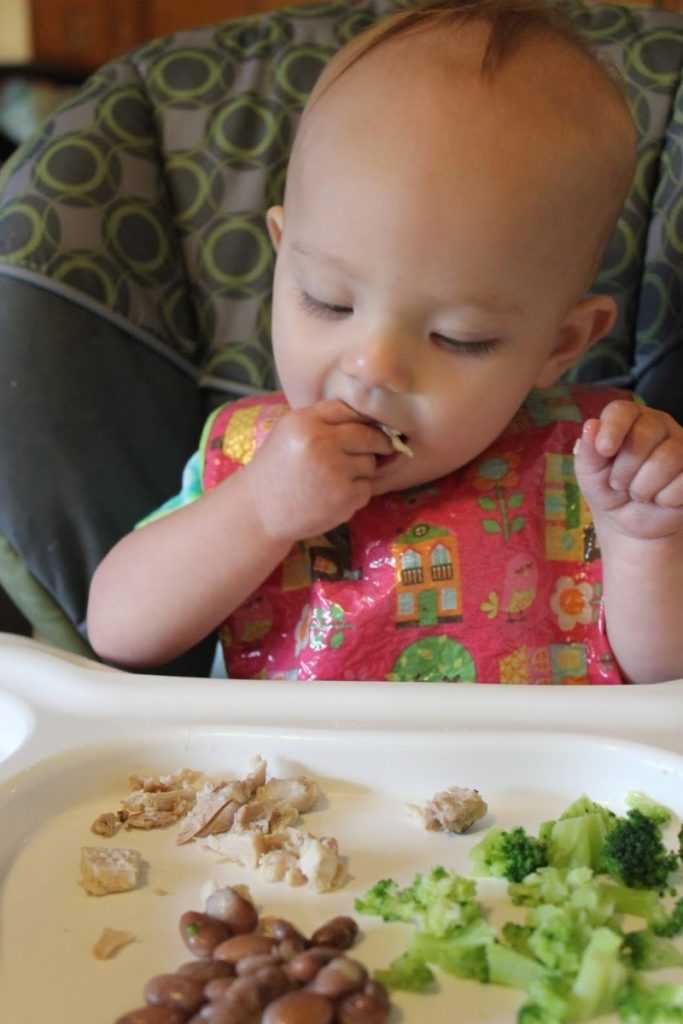
The wounds were not fatal, but the owl's claws hurt something in his chest, and now he began to whistle after running fast.
When he rested and began to breathe evenly, the whistling stopped. The little mouse ate the bitter bark from the bush and ran again - away from the terrible place.
The little mouse was running, and behind him there was a thin double path in the snow: his footprint.
And when Peak ran to the clearing, where a large house with smoking chimneys stood behind the fence, a fox had already attacked his trail.
The scent of a fox is very delicate. She immediately realized that the mouse had just run through here, and set off to catch up with him.
Her fiery red tail flickered among the bushes, and, of course, she ran much faster than a mouse.
Unfortunate musician
Peak did not know that the fox was chasing him. Therefore, when two huge dogs jumped out of the house and rushed to him barking, he decided that he was dead.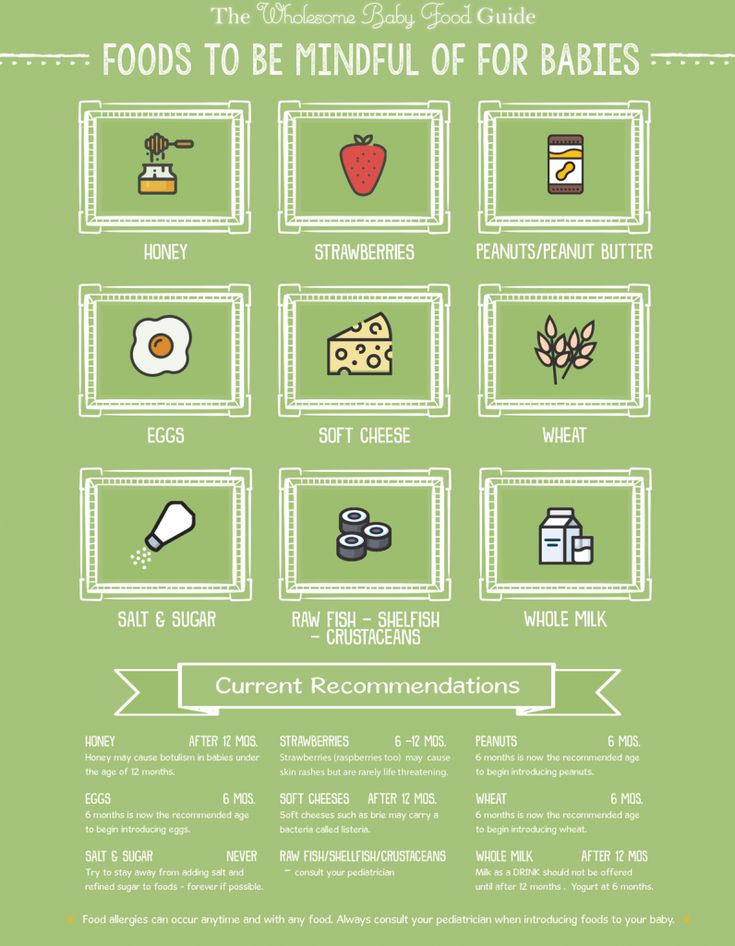
But the dogs, of course, didn't even notice him. They saw a fox that jumped out of the bushes after him, and rushed at her.
The fox immediately turned back. Her fiery tail flashed for the last time and disappeared into the forest. The dogs rushed over the head of the little mouse in huge leaps and also disappeared into the bushes.
Peak made it home without incident and darted underground.
The first thing Peak noticed in the underground was the strong smell of mice.
Each breed of animal has its own smell, and mice distinguish each other by smell as well as we distinguish people by their appearance.
That's why Peak learned that there were mice not of his breed. But still, they were mice, and Peak was a mouse.
He was just as happy about them as Robinson was happy about the people when he returned to them from his uninhabited island.
Immediately Peak ran to look for mice.
But it was not so easy to find mice here. Mouse tracks and their smell were everywhere, but the mice themselves were nowhere to be seen.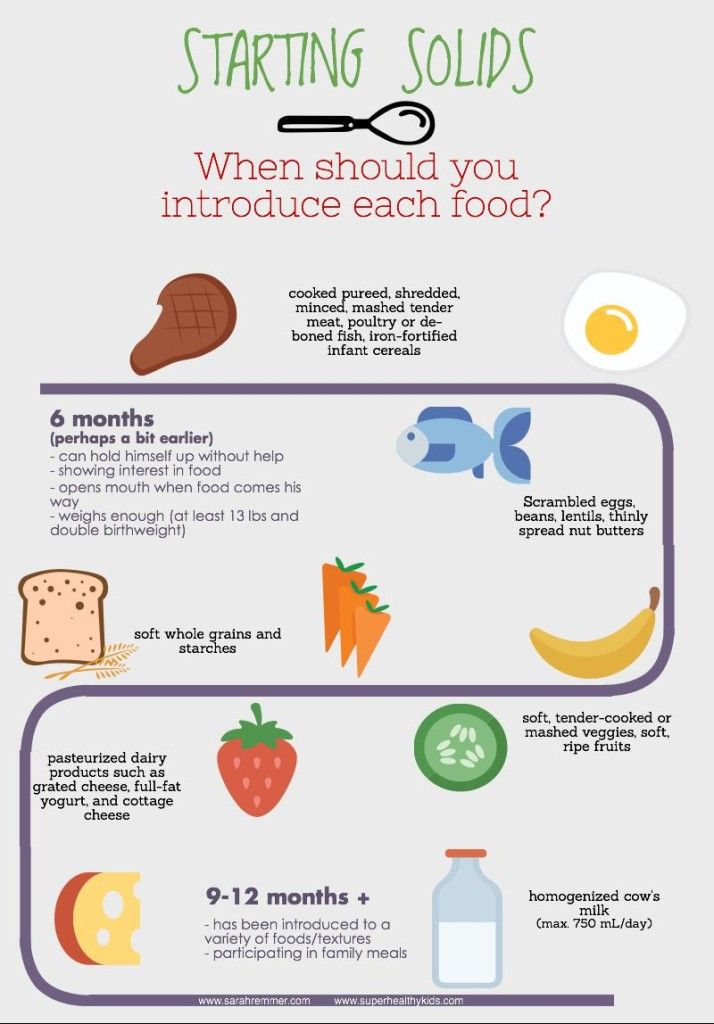
Holes were gnawed in the ceiling of the underground. Peak thought that mice might live up there, climbed up the wall, climbed out through the hole and found himself in a closet.
There were large, heavily stuffed sacks on the floor. One of them was gnawed at the bottom, and the grits spilled out of it onto the floor.
And there were shelves along the walls of the closet. Wonderful delicious smells came from there. It smelled of smoked, and dried, and fried, and something else very sweet.
Hungry little mouse greedily pounced on food.
After the bitter bark, the groats seemed so tasty to him that he ate right to satiety. He ate so much that it became difficult for him to even breathe.
And then again his throat whistled and sang.
At the same time, a sharp, mustachioed muzzle poked out of a hole in the floor. Angry eyes flashed in the darkness, and a large gray mouse jumped out into the closet, followed by four more of the same kind.
Their appearance was so formidable that Peak did not dare to rush towards them. He timidly stamped his feet and whistled louder and louder in excitement.
He timidly stamped his feet and whistled louder and louder in excitement.
Gray mice did not like this whistle.
Where did this alien mouse musician come from?
Gray mice considered the closet to be theirs. They sometimes took to their underground wild mice that came running from the forest, but they had never seen such whistlers before.
One of the mice rushed at Peak and bit him painfully on the shoulder. Others followed her.
Peak barely managed to slip away from them through a hole under some box. The hole was so narrow that the gray mice could not get through it. Here he was safe.
But he was very bitter that his gray relatives did not want to accept him into their family.
Mousetrap
Every morning the little sister asked her brother:
— Well, did the little mouse get caught?
Her brother showed her the mice that he came across in a mousetrap.
But they were all gray mice and the girl didn't like them. She was even a little afraid of them. She certainly needed a little yellow mouse, but in recent days, the mice have somehow ceased to come across.
She certainly needed a little yellow mouse, but in recent days, the mice have somehow ceased to come across.
The most surprising thing was that someone ate the bait every night. In the evening, the boy will plant a fragrant piece of smoked ham on a hook, alert tight doors, mousetraps, and in the morning he will come - there is nothing on the hook, and the doors are slammed.
He looked at the mousetrap many times: is there a hole somewhere? But there weren't any big holes—one that a mouse could fit through—in the mousetrap.
So a whole week passed, and the boy could not understand who was stealing his bait.
And so, on the morning of the eighth day, the boy ran out of the closet and shouted at the door:
— Got it! Look yellow!
- Yellow, yellow! sister rejoiced. “Look, this is our Peak: his ear has been slit.” Remember, you knifed him then? .. Run quickly for milk, and I'll get dressed for now.
She was still in bed.
Brother ran to another room, and she put the mousetrap on the floor, jumped out from under the covers and quickly put on her dress.
But when she looked at the mousetrap again, the mouse was no longer there.
Peak learned how to get out of the mousetrap long ago. One wire was slightly bent in it. Gray mice could not squeeze into this loophole, and he passed freely.
He fell into the trap through the open doors and immediately pulled the bait.
The doors slammed with noise, but he quickly recovered from fear, calmly ate the bait, and then left through the loophole.
On the last night, the boy accidentally placed a mousetrap near the very wall, and just on the side where the loophole was, and Peak was caught. And when the girl left the mousetrap in the middle of the room, he jumped out and hid behind a large chest.
Music
Brother found sister in tears.
- He ran away! she said through tears. He doesn't want to live with me!
The brother put the saucer of milk on the table and began to comfort her:
— Dismissed the nurses! Yes, I'll catch him in my boot now!
— How to boot? the girl was surprised.
- Very simple! I'll take off my boot and put it on the wall with the top of it, and you will chase the little mouse. He will run along the wall - they always run along the very wall - he will see a hole in the bootleg, he will think that it is a mink, and he will sniff there! Then I will grab him, in a boot.
Little sister stopped crying.
- You know what? she said thoughtfully. We won't catch him. Let him live in our room. We don't have a cat, no one will touch him. And I'll put milk for him right here on the floor.
- You always invent! brother said displeased. - I don't care. I gave you this mouse, do with it what you want.
The girl put the saucer on the floor and crumbled bread into it. She sat aside and waited for the little mouse to come out. But he didn't come out until late at night. The guys even decided that he ran away from the room.
However, in the morning the milk turned out to be drunk and the bread eaten.
"How can I tame him?" the girl thought.
Piku now lived very well. Now he always ate plenty, there were no gray mice in the room, and no one touched him.
He dragged rags and pieces of paper over the chest and made a nest for himself there.
He was wary of people and came out from behind the chest only at night, when the guys were sleeping.
But one afternoon he heard beautiful music. Someone was playing the flute. The voice of the pipe was thin and so plaintive.
And again, just like that time when Peak heard the "robber nightingale" - the shrike, the mouse could not resist the temptation to listen to the music closer. He crawled out from behind the chest and sat down on the floor in the middle of the room.
A boy was playing a pipe.
The girl sat next to him and listened. She was the first to notice the mouse.
Her eyes suddenly became large and dark. She gently nudged her brother with her elbow and whispered to him:
— Don't move!.. You see, Peak has left. Play, play: he wants to listen!
Brother continued to blow.
The children sat still, afraid to move.
The little mouse listened to the sad song of the pipe and somehow completely forgot about the danger.
He even went to the saucer and began to lap up milk, as if there was no one in the room. And soon he drank so much that he began to whistle.
Do you hear? the girl said quietly to her brother. - He sings.
Peak came to his senses only when the boy lowered his pipe. And now he ran for the chest.
But now the guys knew how to tame a wild mouse.
They softly blew the pipe. Peak went to the middle of the room, sat down and listened. And when he himself began to whistle, they got real concerts.
Good end
Soon the little mouse got used to the guys so much that he completely stopped being afraid of them. He began to go out without music. The girl even taught him to take bread from her hands. She sat on the floor, and he climbed onto her knees.
The guys made him a small wooden house with painted windows and real doors. In this house, he lived on their table. And when he went out for a walk, according to an old habit, he plugged the door with everything that caught his eye: a rag, crumpled paper, cotton wool.
In this house, he lived on their table. And when he went out for a walk, according to an old habit, he plugged the door with everything that caught his eye: a rag, crumpled paper, cotton wool.
Even the boy who didn't like mice so much got very attached to Peak. Most of all, he liked that the mouse eats and washes with its front paws, as if with hands.
And my sister was very fond of listening to his thin, thin whistle.
— He sings well, — she said to her brother, — he loves music very much.
It never occurred to her that the little mouse was not singing for his own pleasure. She did not know what dangers little Peak had endured and what a difficult journey he had made before he came to her.
And it's good that it ended so well.
__________________
Pik Mouse.
Tale of V. Bianchi.
We read online. Class!
Diet for an adult cat: tips for the owner
Whether it is a feral cat, yard or apartment cat, ordinary blood or the most thoroughbred, its diet - in terms of nutrient requirements - is very similar. After all, all these feline representatives, regardless of living conditions, belong to the same subspecies - Félis silvéstris catus and, in their essence and needs, are obligate predators.
After all, all these feline representatives, regardless of living conditions, belong to the same subspecies - Félis silvéstris catus and, in their essence and needs, are obligate predators.
In nature, the main prey of cats are mice, moles, voles, birds, lizards, occasionally fish. As the observation of forest and reed cats shows, on this meat diet they can live fully and for a long time - up to 15 years, if we exclude accidents, attacks by other animals, infections, drought and negative human influence factors. And what would happen if they had the same opportunities and privileges as our couch purrs, but at the same time maintaining activity and the same menu? It is difficult to judge this, but we can very well go from the opposite and give our pets, whom we groom and cherish, the chance to eat as nature intended.
So what should an adult cat eat?
No. 1 High-protein
Cats of any age and sex, including neutered animals, need animal protein, but it is especially important to supply it in sufficient quantities during the period of gestation and lactation, during intensive development, in case of increased physical activity, as well as during recovery. Understanding that the body of cats in the course of evolution has adapted to the food that helped them form and survive, the easiest way to calculate the needs of a cat for protein is by examining the composition of natural cat prey under a magnifying glass.
Understanding that the body of cats in the course of evolution has adapted to the food that helped them form and survive, the easiest way to calculate the needs of a cat for protein is by examining the composition of natural cat prey under a magnifying glass.
So, the average small rodent caught by a cat for lunch (including meat, bones, skin) contains about 45-54% pure protein, if calculated on dry matter. The norms of reputable international organizations that regulate the production of animal feed (AAFCO and FEDIAF) allow for a minimum protein threshold of 30% for cats. But Canada's Acana and Orijen are considered biologically appropriate and aim to replicate the natural prey of cats, so they far exceed this value at approximately 37% and 40% protein, respectively.
Please note! The content of protein and meat in the feed is not the same thing, because there is also vegetable protein, which is rich in legumes, cereals, and root crops. Some manufacturers just make up for the lack of meat at the expense of grain, peas and potatoes. At the same time, the amount of protein in the feed normalizes, but the problem remains! The amino acid composition of vegetable proteins is narrower than that of animals, and they are absorbed much worse than meat. Therefore, cat owners need to remember that the most useful diets for cats are based on raw meat.
At the same time, the amount of protein in the feed normalizes, but the problem remains! The amino acid composition of vegetable proteins is narrower than that of animals, and they are absorbed much worse than meat. Therefore, cat owners need to remember that the most useful diets for cats are based on raw meat.
Complete sources of protein for cats are: chicken, turkey, beef, lamb, venison, lean pork, rabbit, eggs, fish of various types, especially lake or sea. It is these products, fresh or dehydrated, that you can find in the composition of quality feeds, their share there is from 55% to 85%.
No. 2 The cat's diet must be balanced
Predators eat prey completely, without choosing from it loins. Sometimes, when feeding natural food, owners underestimate the role of fat, offal, cartilage and sinewy meat pieces, and yet they are important for the natural diet of an adult cat - otherwise it may not have enough important micro and macro elements. This fact must be taken into account by manufacturers of biologically appropriate feeds, forming their composition according to the Whole Prey concept.
If you undertake to make up the diet of an adult cat yourself, include in its diet both meat, and internal fat, and a variety of offal, and cartilage, and a small amount of fiber to cleanse the intestines (in nature, this is done by a hard skin, prey feathers, as well as the contents their stomachs).
At the same time, you need to understand that if the composition and guaranteed analysis of industrial feed are always constant, then at home, no matter how hard you try, it is difficult to avoid distortions. Moreover, most of the beneficial vitamins and amino acids are destroyed during heat treatment, which is practiced by many owners, fearing parasites. And in this case, they will have to be introduced additionally, buying the appropriate drugs at a pharmacy or veterinary clinic. But how to choose the dosage?
The most common problems of domestic cats associated with improper diet are fading and dry skin and coat, active molting, weight gain and increased blood sugar, joint wear, rickets, urolithiasis, visual impairment. A quality diet contains everything you need on a turn-key basis, so in this case it is not necessary and even harmful to give any supplements (only if prescribed by a doctor).
A quality diet contains everything you need on a turn-key basis, so in this case it is not necessary and even harmful to give any supplements (only if prescribed by a doctor).
By the way, the diet of adult cats at home (without access to the street) will also include probiotics - live microorganisms that are necessary for a healthy intestinal microflora. In nature, they are found in water, earth, on grass, in the body of birds and insects, and one way or another they enter the gastrointestinal tract of a predator. These are hay bacillus, some types of enterococci, etc. In high-quality feeds, you will definitely find them at the end of the list of components.
№3 Food should be fractional
In the wild, all cats of the subspecies Félis silvéstris catus eat quite often, but little by little. Judge for yourself: can a strong and dexterous hunter weighing 4-5 kg eat with one mouse or lizard? But you still have to spend strength to catch him, you can’t catch a whole flock at a time! This feature has also been fixed evolutionarily, which cannot be ignored when taking care of your pet's diet. According to the observations of researchers, adult cats approach the bowl at least ten to fifteen times a day, and they do this not for the sake of boredom (although it also has a place to be), but following their instincts.
According to the observations of researchers, adult cats approach the bowl at least ten to fifteen times a day, and they do this not for the sake of boredom (although it also has a place to be), but following their instincts.
Thus, the diet of cats does not correspond to ours and, moreover, is not similar to that of a dog. Scheduled feeding, after long breaks (more than 4-5 hours) can lead to gastrointestinal diseases, in particular gastritis. You may have noticed that a cat, greedily pouncing on food in the morning or evening, suddenly spits up - these are also the costs of the wrong regime, so we do not advise cats to go on a hunger strike.
If you are away from home often and for a long time, then the best solution is to use dry food: it can be poured in the morning and evening without fear that the granules will wind up or deteriorate. And the owner’s sleep, as experience shows, will be calmer and longer - the cat will not have to hint to you at five in the morning that it’s time to eat, she wanted to - she came up and refreshed herself.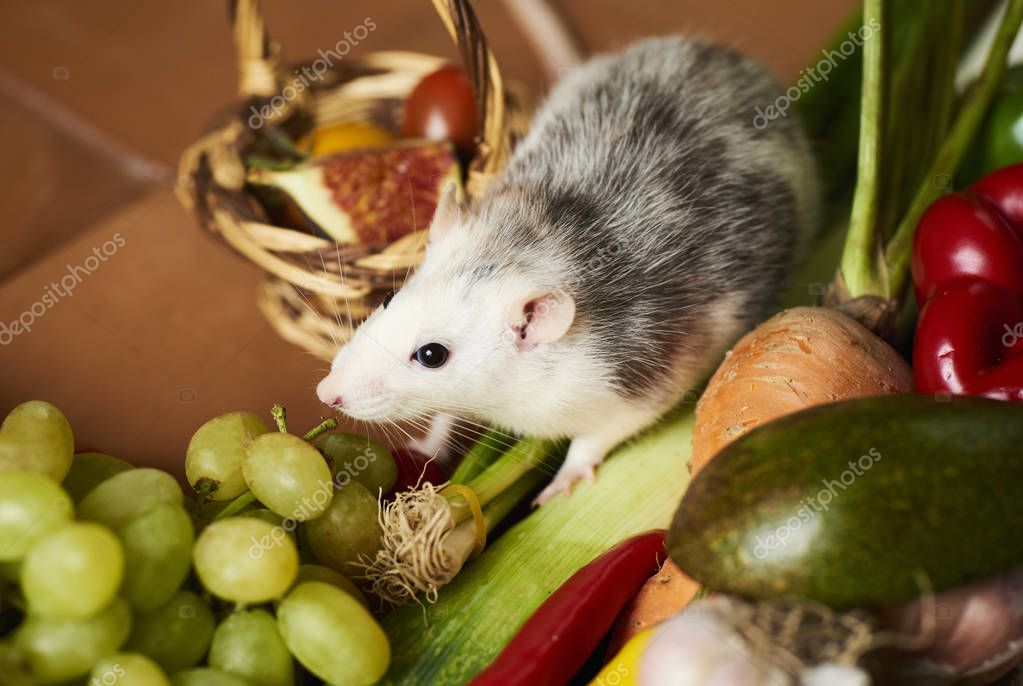
I would also like to note that free feeding does not mean non-compliance with nutritional standards. You can give “how much to eat” either to very phlegmatic persons, small children, or animals that feed their offspring or grow. We recommend that you weigh the daily amount of food given in the table and give it out once or, if you have time, add it during the day when the bottom is found in the pet's bowl. So your animal will always be full and calm.
You can read more about how to calculate the dosage of food and adapt it to your cat in our article. In it, we tell you how to determine the degree of fatness of a pet.
#4 Once you choose one type of food, stick to it
Don't mix the industrial diet with natural food, much less food that you have prepared for yourself and your family members. Both adult cats and kittens react very badly to this. And if in the short term the risks are only in food whims and temporary intestinal disorders, in the long term - mixed nutrition can lead to metabolic disorders, obesity, lack or excess of certain substances in the pet's body.